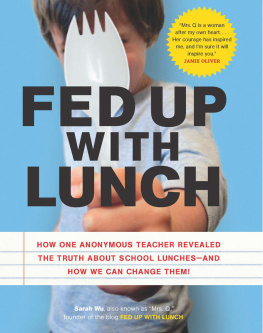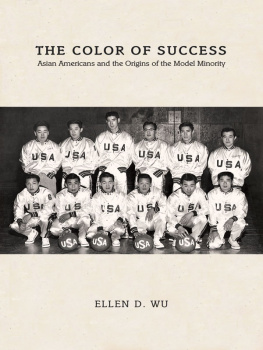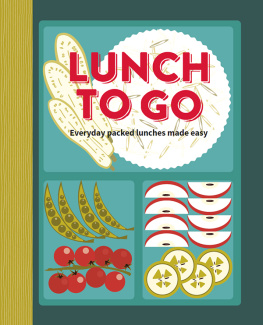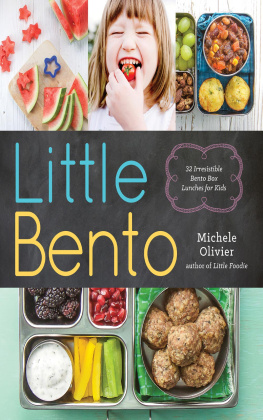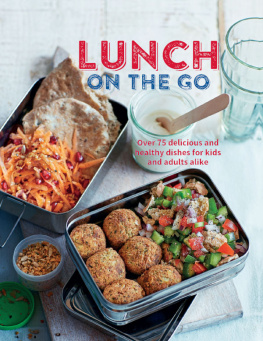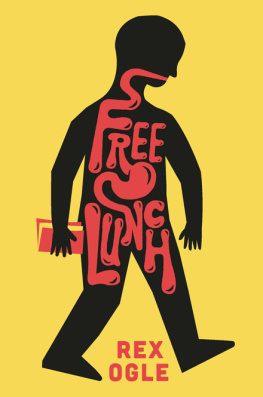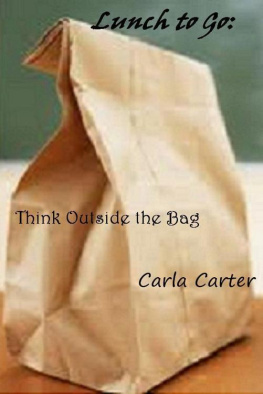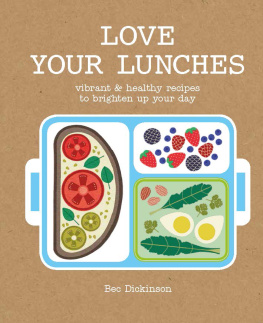For Charlie, my son;
for my students, my inspiration; and
for lunch ladies everywhere, who work diligently
to feed millions of hungry kids.
The most difficult thing is the decision to act, the rest is merely
tenacity. The fears are paper tigers. You can do anything you
decide to dothe process is its own reward.
AMELIA EARHART
In my five-year career as a teacher at a large elementary school in Chicago, I had rarely set foot in the cafeteria. In fact, I hadnt eaten a school lunch since eleventh grade. Why would I pay for school lunch when I could bring exactly what I wanted from home? But one fateful morning in October 2009, I was running late, trying to get Charlie, my noncompliant toddler, dressed. Pushing his feet into his little shoes and stuffing him into his fleece jacket while he attempted to squirm out of my grasp, I realized that I hadnt packed my lunch. No big deal, I thought as I successfully got him out the door. Theres a cafeteria at school. Ill buy lunch there.
I had no idea that eating one school lunch would dramatically change the course of my life.
That day, for three dollars, I purchased the only school lunch available: a bagel dog, a Jell-O cup, six Tater Tots, and chocolate milk. The bagel dog (a hot dog encased in soggy dough) came in a plastic package. Tough on the outside and mushy on the inside, it was like no bagel I had ever tasted. The hot dog was bland, not juicy. The wimpy Tater Tots (which counted as that days federally mandated vegetable) were pale and wilted in my mouth. Instead of a piece of fresh fruit, like the crunchy apple I would have packed if Id had time that day, I was given a few cubes of pear suspended in bright red Jell-O.
I was starving and needed fuel to stay energized for my students, so I ate the meal, choking down as much of the mushy bread as I could stomach. But I couldnt believe that this was the kind of food my students were being served, especially knowing that most of them came from low-income families and that this was probably their most substantial meal of the day.
I have worked as a speech pathologist in Chicago Public Schools District 299 for the past five years. Most speech pathologists rotate among schools, but I am assigned primarily to one elementary school with an enrollment of around 1,300 students from preschool to sixth grade. The student population includes a lot of English-language learners from families that speak Spanish, Ethiopian, and Burmese. There are African American students and Caucasian students, too. My school serves a community of people mostly living below the poverty line; the number of children eating free and reduced lunches is well over 90 percent. These students need and deserve fresh food to help them succeed in life. Even more than mine does, their bodies demand decent nourishment from school lunches. If more people knew about the pathetic quality of food in public schools, andat least in my districtthe limited amount of time kids have to eat their lunches, surely more people would want to do something about it.
That lunch made me mad.
Anger can be an ugly emotion. I recognize its importance under the right circumstances, but when I see an angry person, my first reaction is, Whoa, whats wrong with him? The way I see it, getting mad represents a loss of controland thats not me. Nevertheless, I felt a deep anger bubbling up whenever I thought about the students at my school eating that processed and crummy school lunch. I felt compelled to do something. I considered starting a boycott or staging a protest, but what could one teacher in a cash-strapped district really do? Realistically, I was already putting all of my energy into providing a quality education for my students and, when I arrived home, my family got whatever was left over. Did I have enough fight in me after a typical day to become a school lunch activist?
This question stuck with me (much like the bagel dog, or maybe it was the Tater Tots, that had me quietly burping my way through that memorable afternoon). Was there some way to channel my outrage about these lunches in a positive way? Picketing and organizing are great for some people, but what about a more subtle and persistent campaign to raise awareness and encourage change? Sometimes, doing something in a quiet way can have powerful results.
When I was developing my annual goals for 2010, it hit me: I would buy my lunch every school day in 2010 and blog about it. I already had a personal blog that I updated on a monthly basis. It was tinyan online journal that I shared with just two readers: my mother and my sister. With a schedule that already felt packed, attempting to write a daily blog post for a wider audience seemed overwhelming. But maybe it was worth a try.
Was I qualified to blog about school lunches? I debated with myself about this for weeks. Speech pathology is a health science, which made me acutely aware of the health status of my students. To earn my masters degree, I had taken lots of science courses and I had a basic understanding of physiology, especially as it relates to the speech and hearing mechanism. My biology training certainly didnt make me a nurse or a nutritionist, but I could appreciate the mind-body connection. Treating your body right is critical to maintaining your voice, your speech, and your brain. And perhaps even more important, as a teacher and a parent I was deeply invested in the health and well-being of young people.
My plan was simple and straightforward: I would help to raise awareness about school lunches by eating them. I felt that my perspective as an educator working inside a school was uniqueand hoped that other people would be interested (but not too curious because I had a job to hold down and didnt want to draw attention to myself as a whistleblower).
When I told my husband about my idea, he laughed and said, Forget it. We have enough on our plate as it is. Not to mention what would happen to your health.
Initially, I agreed to drop it because working as an educator in an elementary school and being the mother of an active toddler is challenging enough; I didnt need the additional time commitment that blogging would entail.
Also, I hate to admit this, I was afraid.
Im not a subversive person. I was an obedient child and never even went through a rebellious teenage phase. Maybe thats because I wore braces the entire four years of high school, which was not conducive to coolness or boyfriends. Because of my parents employment situation, I moved all over the country while young. Being the new girl every other year made me wary of making waves. While I thought it was unlikely that more than a handful of people would stumble across my blog on the Internet, it still felt risky to expose myself, my school, and my district to public scrutiny. I was a chicken happy to stay on my private little perch.
But during the next few weeks, whenever my students seemed particularly sluggish in the early afternoon, or complained of tummy aches after lunch, my fantasy about starting a blog returned. I considered how hard the teachers worked to reach their students, and how difficult it was for the children to focus when they came back from their painfully short twenty-minute lunch breaks. When I gathered small groups of kids for speech class after lunch, I noticed more than one student staring off into space for a few seconds, their eyes glazing over. I would see one of them with neon red blotches on her white shirtshe had eaten the red frozen juice bar, but had she had enough time to eat the remainder of her lunch?
I wondered if any researchers had looked into the connection between inadequate school lunches and academic performance. And I wondered if parents and the general public knew what the schools are feeding kids. Sure, the parents might be receiving monthly menus, but the descriptive power of plain text pales in comparison to the grim reality of school food. The colorful names of the entres put a very optimistic spin on the food-like items that the children are consuming on a daily basis.
Next page
